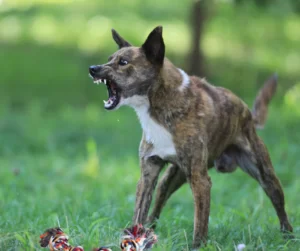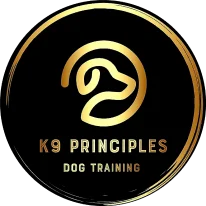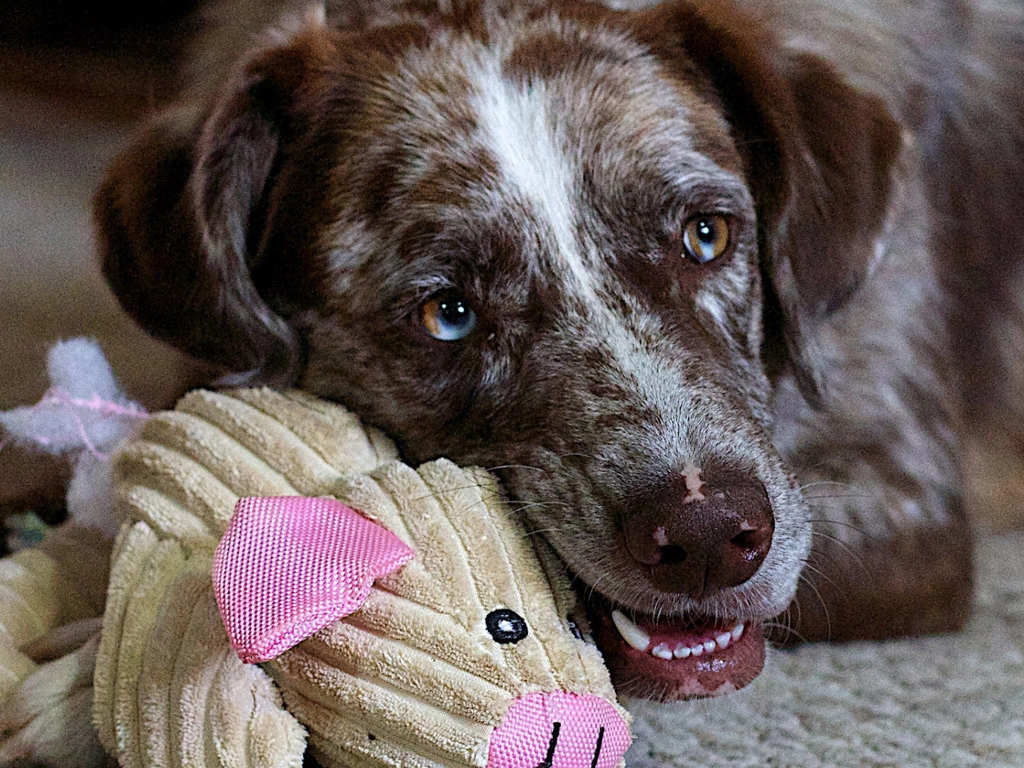Resource guarding is a complex behavioural pattern observed in dogs, where they display a protective stance over their possessions. This could range from food, toys, a particular person, or even a spot they’ve grown fond of. This expanded guide will delve deeply into the psychological and environmental factors contributing to this behaviour, aiming to offer a more nuanced understanding and a suite of effective management strategies.
Root Causes of Resource Guarding
- Genetic Predisposition:
Some dog breeds are inherently more prone to guarding behaviours due to their genetic lineage. This predisposition often stems from the breed’s historical roles and instincts, which may have included guarding food, territory, or even people. - Environmental Triggers: A dog’s immediate surroundings and experiences play a significant role in the development of resource guarding behaviours. Elements like competition among pets for resources, or a lack of consistent access to food and toys, can trigger these instincts. Additionally, a dog’s past trauma, such as being in a shelter or previous neglect, can exacerbate these tendencies.
- Past Experiences: A dog’s history, particularly during its formative years, heavily influences its behaviour. Negative experiences, such as inconsistent care, abuse, or having to compete fiercely for food and attention, can lead a dog to develop resource guarding as a means of self-preservation.
Identifying Signs of Resource Guarding
 Timely identification of resource guarding is crucial. The signs are often subtle at first but can escalate if unnoticed. These behaviours include but are not limited to growling, snapping, or displaying a rigid body posture when approached. It’s particularly evident during their meal times or when they are engaged with their favourite toys. Recognising these signs early can aid in timely and effective intervention.
Timely identification of resource guarding is crucial. The signs are often subtle at first but can escalate if unnoticed. These behaviours include but are not limited to growling, snapping, or displaying a rigid body posture when approached. It’s particularly evident during their meal times or when they are engaged with their favourite toys. Recognising these signs early can aid in timely and effective intervention.
Impact on Dogs and Their Owners
Resource guarding can significantly affect the dynamics between dogs and their owners. If left unchecked, it can lead to strained relationships and, in severe cases, pose safety risks to both the dog and family members. Addressing this behaviour is not only vital for the well-being of the dog but also for maintaining a peaceful and safe household.
Prevention and Management Strategies
Addressing resource guarding encompasses a combination of preventive measures and active management strategies. Prevention focuses on creating a secure and resource-abundant environment for the dog from an early age. In contrast, management strategies involve specific training techniques and behavioural adjustments tailored to the dog’s unique needs.
Comprehensive Training Guide to Counteract Resource Guarding
Our team, based in Caledonia and servicing Haldimand County, Norfolk County as well as the Greater Hamilton area including Burlington, offers an in-depth, personalised training guide in the comfort of your home through our in-home private training to help you solve resource guarding. These lessons include techniques such as positive reinforcement, consistency in training, and patience. The training sessions are designed to be engaging and stress-free, fostering a positive learning environment for the dog.
Foundational Training Principles
- Positive Reinforcement: This involves rewarding the dog for non-guarding behaviour, thereby reinforcing a positive association with sharing and openness.
- Consistency is Key: Implementing a regular and structured training routine helps the dog understand and adhere to expected behaviours.
- Patience and Understanding: Each dog has a unique personality and learning curve. Tailoring the training to meet these individual needs is crucial for success.
Specific Training Techniques
- Desensitization: This technique involves gradually and safely introducing the guarded object to the dog in a controlled manner, thereby reducing fear or anxiety associated with that object.
- Counter-Conditioning: This involves creating a positive association for the dog when a person approaches their guarded resource, such as pairing the approach with high value treats, toys or affection.
- ‘Leave It’ Command: A critical command in any dog’s training, teaching them to leave an object can help manage guarding tendencies.
- Trade-Up Game: This game encourages the dog to voluntarily give up a guarded item in exchange for something of higher value, like a favourite treat or toy.
- Resource Control: By controlling access to certain items, a dog’s need to guard can be gradually reduced, helping them feel more secure without needing to protect their resources aggressively.
Professional Intervention
 In cases where resource guarding behaviours are deeply ingrained or particularly severe, seeking professional help through our in-home private lessons is recommended. Our team offers tailored, in-home training sessions, focusing on behaviour modification in a familiar environment, thus ensuring the comfort and security of the dog throughout the process.
In cases where resource guarding behaviours are deeply ingrained or particularly severe, seeking professional help through our in-home private lessons is recommended. Our team offers tailored, in-home training sessions, focusing on behaviour modification in a familiar environment, thus ensuring the comfort and security of the dog throughout the process.
Community Resources and Support
We firmly believe in the collective strength of a supportive community. Our group training classes and collaborations with local organisations like the Hamilton/Burlington SPCA foster a network of support and shared learning for dog owners, enhancing the overall well-being of the canine community.
Frequently Asked Questions: Demystifying Positive Reinforcement Dog Training
-
A1. Normal possessiveness is often temporary and less intense, whereas resource guarding is more consistent, intense, and can escalate if challenged.
Conclusion
The journey to understand and effectively manage resource guarding in dogs is nuanced and multifaceted. Our Caledonia-based team is committed to guiding dog owners in the areas surrounding Caledonia and Hamilton through this journey. We aim to create a safe, happy, and harmonious environment for dogs and their families.



